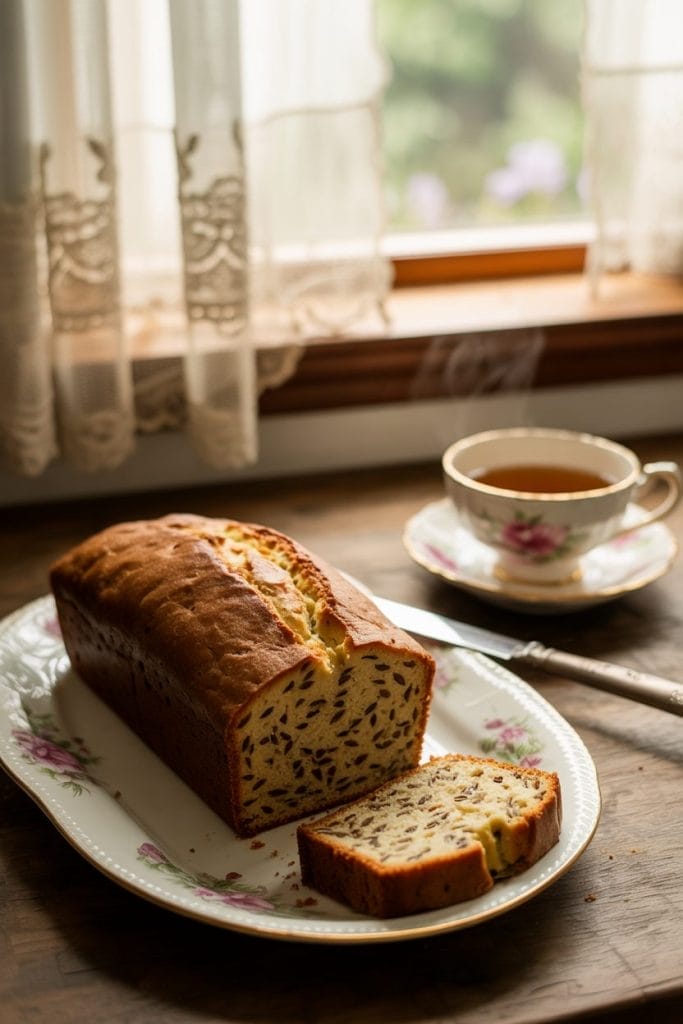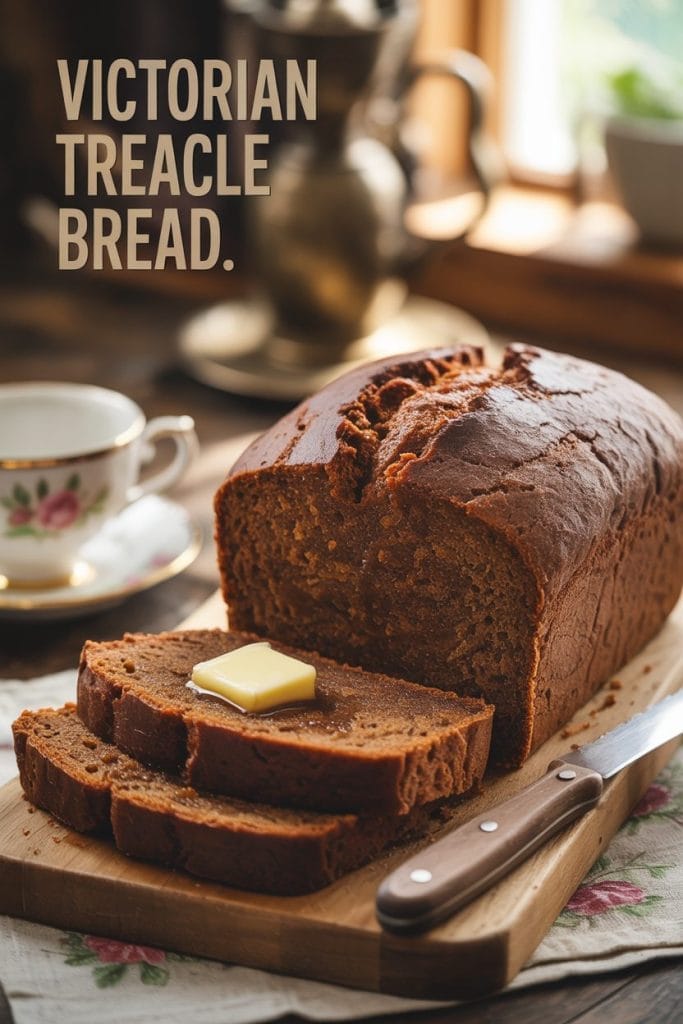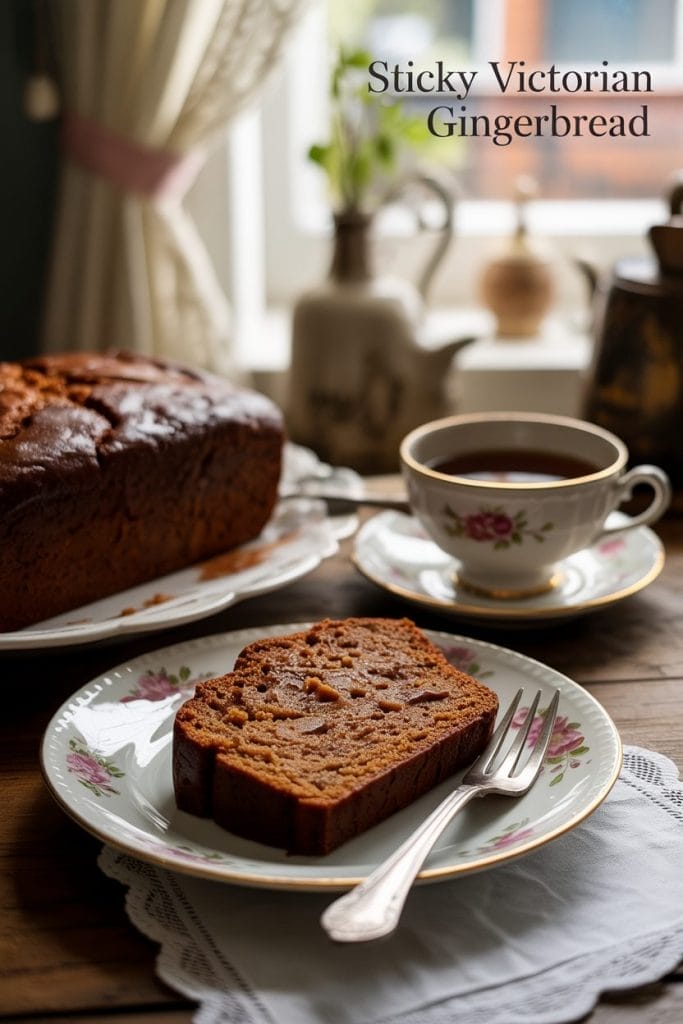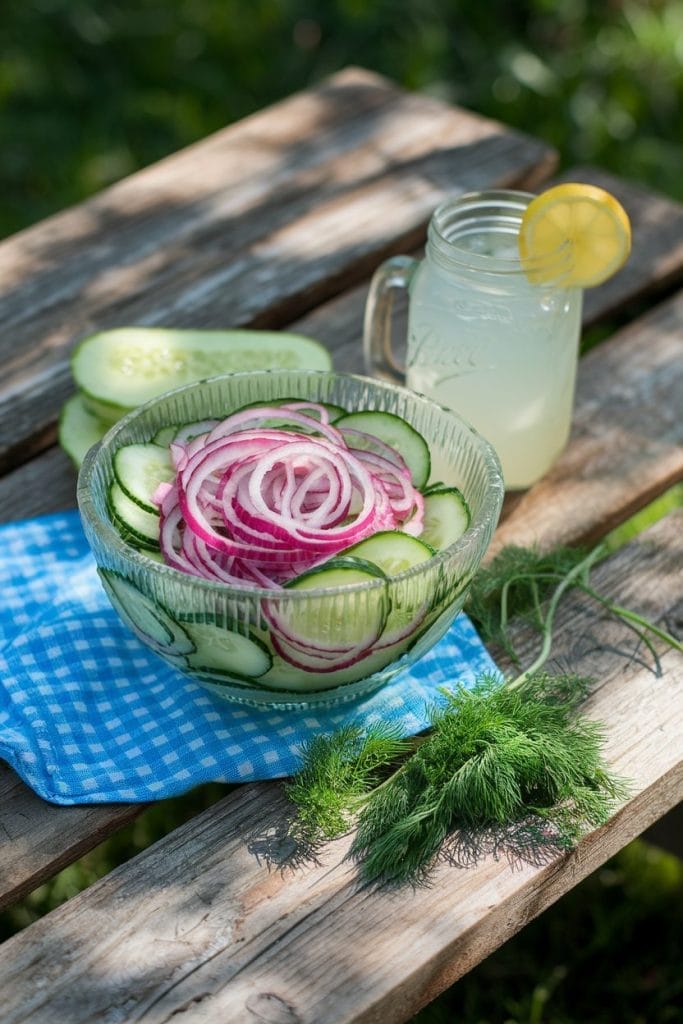Home > Single Recipes > What 1950s Housewives Would’ve Tossed Into Vegan Chili (With a Modern Twist)
Last Updated: April 14, 2025
I Made These FREE Vintage Recipe Tools JUST For You
This recipe was created with help from AI tools and carefully reviewed by a human. For more on how we use AI on this site, check out our Editorial Policy. Classic Fork earns a small commission from Amazon and other affiliate links at no extra cost to you, helping us keep our content free and honest.
What 1950s Housewives Would’ve Tossed Into Vegan Chili (With a Modern Twist)
Time Period:
Meal Type:
Cooking Time: 40 minutes
Prep Time: 15 minutes
Total Time: 55 minutes
Servings: 4 bowls
Calories: ~320 kcal per serving
Picture this. You’re in a spotless pastel kitchen, apron tied tight, hair set just right, and a pressure cooker humming in the corner. But instead of beef, you’re grabbing beans and veggies. That’s right—this is your vegan nod to the glory days of atomic-age chili.

What Would You Cook in Wartime?
Step back in time and discover what you could make with limited wartime rations
History
In the 1950s, chili was a staple in many suburban homes. Canned goods were all the rage. Housewives leaned heavily on pantry items like kidney beans, tomato paste, and canned corn. Meat was often used, but for those stretching a budget—or cooking on Fridays during Lent—beans and vegetables often became the stars.
While no one in the ‘50s called it “vegan,” it wasn’t rare to find chili recipes without meat. They called it meatless Monday or “just what we had on hand.” This version leans into those old-school tricks, only now we skip the meat on purpose.
Equipments
- Large soup pot or Dutch oven (This one is gorgeous)
- Wooden spoon (Love environmet & style? Get this bamboo spoon set)
- Chopping board and knife (Chefs envy this knife set)
- Can opener
- Measuring cups and spoons
Ingredients
- 2 tbsp vegetable oil (think Crisco, but not from a can)
- 1 large onion, chopped
- 3 cloves garlic, minced
- 1 green bell pepper, chopped
- 1 cup chopped celery
- 1 tsp salt
- 1 tsp ground cumin
- 2 tsp chili powder
- 1 tsp smoked paprika (optional, but gives that “campfire” depth)
- 1 can (15 oz) red kidney beans, drained
- 1 can (15 oz) pinto beans, drained
- 1 can (15 oz) corn, drained
- 1 can (14 oz) diced tomatoes
- 1 small can (6 oz) tomato paste
- 1½ cups vegetable broth (or water if that’s what you got)
- 1 tsp sugar (many 1950s recipes sneaked it in!)
- Dash of Worcestershire sauce (vegan version) or soy sauce
- Optional: A square of dark chocolate or a pinch of cinnamon for depth

Instructions
Step 1: Prep the Base
Heat the vegetable oil in a large pot over medium heat. Add the chopped onions, bell pepper, celery, and garlic. Sauté until softened and fragrant—about 5–7 minutes.
Step 2: Spice It Up
Sprinkle in the salt, cumin, chili powder, smoked paprika, and sugar. Stir well to coat the veggies in all that goodness. This is where the chili starts to smell like chili.
Step 3: Add the Goods
Toss in your drained beans, corn, diced tomatoes (with their juices), tomato paste, and veggie broth. Stir until everything’s well combined and smooth.

Step 4: Let It Simmer
Bring the pot to a gentle boil, then reduce heat and simmer uncovered for 25–30 minutes. Stir now and then. Add a splash more broth if it starts to get too thick.
Step 5: Taste and Finish
Near the end, stir in the vegan Worcestershire or soy sauce. Want to go wild? Drop in a square of dark chocolate or a pinch of cinnamon—it was surprisingly common in mid-century chili recipes. Simmer 5 more minutes and you’re done.
Special Notes
- Want it chunkier? Dice up some carrots or throw in zucchini.
- Craving some 1950s flair? Serve with saltine crackers or over a baked potato—very retro.
- Leftovers freeze well. Your freezer is your friend, just like it was for busy housewives back then.
Nutrition (Per Serving)
- Calories: 320
- Protein: 13g
- Carbs: 45g
- Fat: 9g
- Fiber: 12g
- Sugar: 6g
- Sodium: 620mg

Maggie Hartwell
Hi there, I’m Maggie Hartwell, but you can call me Maggie—the apron-clad foodie behind Classic Fork! I created Classic Fork because I’m convinced food has a way of telling stories that words can’t. So, grab a fork and dig in. The past never tasted so good!






